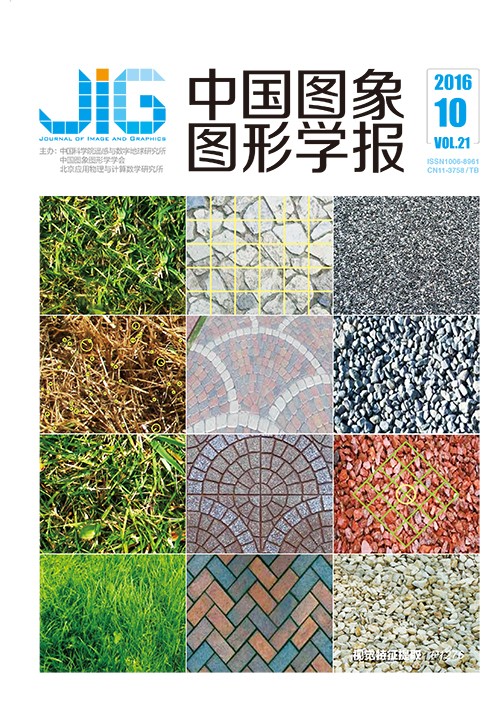
面向智能家居的挥手识别算法
摘 要
目的 用手势控制家电是智能家居发展的趋势之一,传统的静态手势识别算法难以适应复杂的居家环境,特别当使用广角相机或环境干扰大时,为此提出一种动态的挥手识别算法,可以对视频序列中的挥手动作做出响应,以达到控制家电的目的。方法 挥手动作具有周期性且频率相对稳定,算法首先调整长滤波器和短滤波器使其检测到视频内周期性运动的区域,然后利用人手识别算法对周期性运动区域进行验证并确认人手。结果 通过与主流的手势识别算法的对比,在复杂环境下,本文算法将成功次数提高了3%,误触发次数降低了44%,响应时间也降低了近0.4 s。结论 实验结果表明,算法能够满足实际应用需求。此外,算法不基于运动目标检测,运算量极低,可以在较高的图像分辨率下实时运行,并能被移植到嵌入式平台下。
关键词
Hand-wave recognition algorithm for smart home system
Yang Shuo, Ji Aiping(College of Computer Science and Technology, Shenyang University of Chemical Technology, Shenyang 110142, China) Abstract
Objective Controlling household appliances by hand gesture is one the trends in smart home systems. Hand-gesture recognition is a developing field in human-computer interaction. In the past decades, many gesture-recognition algorithms were developed for tracking and recognizing various hand gestures. These algorithms can be categorized into two classes: static and dynamic based. Unfortunately, both types have high requirements for camera devices and environments, such as the need for RGB cameras, fixed scenes, and so on, which cause difficulty in adapting to complex home environments, especially when using wide-field cameras or experiencing heavy interferences. This paper proposes a dynamic hand-wave recognition algorithm that can respond to moving objects periodically in video sequences. Method A hand wave is periodic, and its frequency is relatively stable. This feature makes hand recognition possible in large scenes provided by wide-field camera. To detect this action, hand wave is regarded as a periodically moving object in this paper, and a detection algorithm that can respond to periodically changing pixels is proposed. Detection is achieved through short (SF) and long filters (LF). SF smoothens several neighbors of the current video frame only, while LF considers more frames. By comparing SF and LF outputs, current pixel state, i.e., whether or not they are periodically changing, can be determined. By connecting these pixels, the periodically moving object (area), which is the hand-wave candidate, is confirmed. Then, sophisticated hand-gesture recognition algorithm is applied to confirm that the candidate is indeed the hand. In practice, finding small objects in a high-resolution image that contains a complex background is one of the most challenging problems in computer vision. However, if the moving state of the object, such as periodical moving, is known in advance, detection becomes much easier. Thus, static hand gestures are not considered in this paper. Result To fully evaluate the performance of the proposed algorithm, it is applied while turning on or off the light in a room, and five challenging scenes, including actual household environment, are used. An experimenter waves his hand in front of the camera until light is triggered (whether switching on or off); the waving action lasts more than four seconds. If the light is triggered within four seconds, one is added to success time. Otherwise, if the light is triggered by other actions, such as talking or walking, one is added to false trigger time. Experimental results show that compared with state-of-the-art algorithms, the proposed algorithm increases its success times by about 3% and decreases the false trigger time and computation cost (time) by 44% and 0.4 seconds, respectively. Conclusion Results show that the proposed method meets the needs of practical application. In addition, the method is not based on moving-object detection algorithm and has low computation costs, which means that it can run under high-resolution condition efficiently or migrate to embed system conveniently.
Keywords
smart home human-computer interaction hand gesture recognition hand-waving recognition periodically moving object detection
|



 中国图象图形学报 │ 京ICP备05080539号-4 │ 本系统由
中国图象图形学报 │ 京ICP备05080539号-4 │ 本系统由